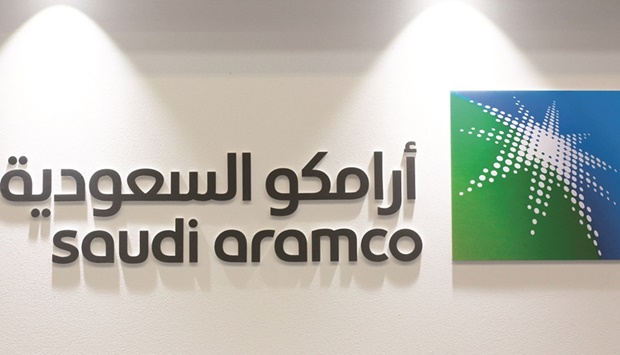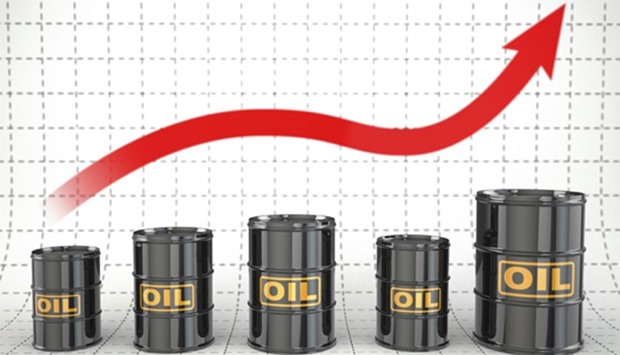For the past year, oil consuming countries have become increasingly anxious at crude’s resurgence: first to $50 a barrel, then $75 and now to more than $85. And when Vladimir Putin, one of the leaders of the OPEC+ cartel, warned that $100 a barrel was a distinct possibility, the alarm bells really started ringing.
Now, as quickening inflation pushes some central banks towards earlier-than-expected rate of interest hikes, the U.S. India, Japan and different consuming international locations are placing the strongest diplomatic strain on the cartel in years.
Behind closed doorways, an intense marketing campaign is being waged to influence OPEC+ to hurry up its output will increase, in line with a number of diplomats and business insiders concerned within the contacts. The cartel, which meets just about on Nov. 4 to assessment coverage, is at the moment boosting output at a price of 400,000 barrels a day every month.
The personal efforts come on prime of current public appeals. The Biden administration is more and more alarmed by rising gasoline costs which have reached a 7-year excessive, and has been calling on OPEC+ for weeks to pump extra oil. Japan, the world’s fourth-largest oil client, took the uncommon step of including its voice to these calls in late October — a primary for Tokyo since 2008. India, the third-largest client, has additionally requested for extra crude. China has been silent in public, however is equally vocal in personal, diplomats stated.
“We found ourselves in an energy crisis,” Amos Hochstein, the highest U.S. power diplomat, stated this week, reflecting a view broadly held view by large oil consuming nations. “Producers should ensure that oil markets and gas markets are balanced.”
U.S., Japanese and Indian officers have spoken privately amongst themselves and likewise reached out to different large customers and oil-producing international locations. The calls began round three weeks in the past, however have intensified in current days after costs handed $85 a barrel.
The Japanese “government is currently asking oil-producing countries to increase production in the Middle East,” in line with Tsutomu Sugimori, chairman of the Petroleum Association of Japan. “As the petroleum industry, we hope oil-producing countries, including OPEC, will take appropriate steps so as not to hinder a full-fledged recovery of the world’s economy.”
So far, Saudi Arabia and others have refused to go faster, arguing the month-to-month 400,000 barrel-a-day additions are sufficient to fulfill the urge for food for oil in a world financial system nonetheless nursing the injuries of the pandemic.
“We are not yet out of the woods,” Saudi Energy Minister Prince Abdulaziz bin Salman stated on Bloomberg Television final week. “We need to be careful. The crisis is contained but is not necessarily over.”
The prince’s feedback have been echoed in personal and public by others inside the OPEC+, an alliance of nations accounting for almost two-thirds of the world’s oil provide. Azerbaijan Energy Minister Parviz Shahbazov stated for instance there wasn’t a must rush quicker output will increase. “We have agreed on a very wise and smart program for months to come,” he stated.
Saudi Arabia will most likely get its approach if it pushes to stay with a 400,000 barrel-a-day hike subsequent. For many OPEC+ officers they’re being made a scapegoat for a disaster they didn’t create. The downside, they argue, is just not oil however hovering pure gasoline and coal costs, which in flip have boosted electrical energy costs. Even if the cartel was to go quicker, that wouldn’t resolve these shortages, they stated.
Some within the group who can be open to doing extra, nevertheless, if Saudi Arabia took the lead, a number of OPEC+ delegates stated, asking to not be named earlier than the assembly takes place.
Shifting Mood
For most of this 12 months oil-consuming nations accepted OPEC+ was doing sufficient. But after oil costs rose from $70 to greater than $85 a barrel and crude inventories in industrialized international locations declined sharply over the past couple of months, the temper has shifted. Now officers from consuming international locations consider the oil market is under-supplied.
Many consuming international locations have been reluctant to name extra overtly for additional oil manufacturing simply earlier than a serious UN local weather change summit in Glasgow, Scotland, referred to as COP26. But even that notion downside is beginning to fade. Jake Sullivan, the U.S. mational safety advisor, defined that Washington might combat in opposition to local weather change and guarantee there’s sufficient power to gasoline financial progress within the quick future.
“Our view is that the global recovery should not be imperiled by a mismatch between supply and demand,” Sullivan stated on board Air Force One whereas en path to Rome for this week’s Group of 20 summit. “And action needs to be taken,” he stated, revealing that American diplomats have been in contact with “the largest consuming countries in the world to include China as well as India, Japan, Korea, the Europeans, and others.”
President Joe Biden “will have those conversations at the G-20,” Sullivan stated. “We will see what comes as a result of those conversations.”
Most Read from Bloomberg Businessweek
©2021 Bloomberg L.P.









